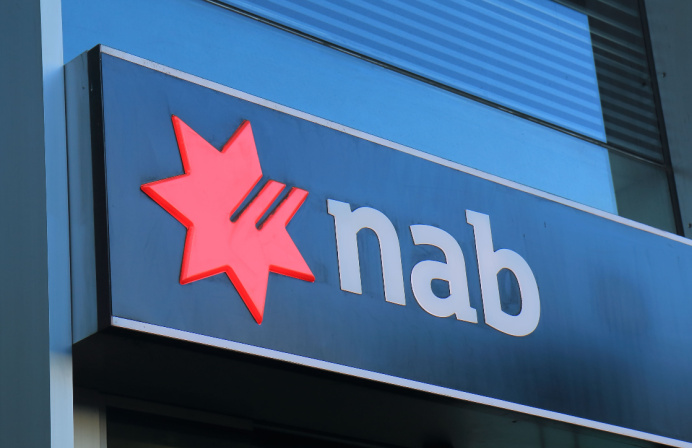
New Zealand challenger brand Heartland Bank has announced it has deployed a new automated “bank statement retrieval technology” to help assess applicants’ loan eligibility and meet updated Credit Contracts and Consumer Finance Act (CCCFA) obligations.
Developed with “government-recognised” credit reporting company illion, the new tool enables the bank to digitally verify loan applicants’ income and expenses in accordance with the CCCFA’s mandated 90-day assessment period.
The platform enables Heartland to verify bank statements digitally, “rather than manually checking each transaction”, with transactions “automatically categorised for faster and easier assessment”.
Home, personal or car loan or overdraft applicants can now submit their bank statements via the online portal, with the customer able to choose the statements they wish to share with Heartland, including those from other banks.
Heartland said the secure portal “uses the same level of encryption that banks do and receives regular security audits”.
The introduction of the service comes in response to recent changes to New Zealand’s Credit Contracts and Consumer Finance Act (CCCFA), which obligates lenders to inquire further into the affordability and suitability of loans for their customers and ensure they avoid taking on unaffordable debt.
All lenders in New Zealand must now assess and verify a customer’s last 90 days of bank statements during a loans application process.
“Bank statement retrieval technology not only helps us meet our obligations, but also makes our application process more efficient than the manual option,” Heartland said.
Heartland will not dispense with its manual checking solution, however, with its customers still able to manually upload their last 90 days’ worth of transactional and savings statements – though, the bank, notes, this will take longer to upload and for the bank to review.
A fully NZ-operated and managed bank, Heartland has more than 46,000 individual depositors, with 4.6 billion in assets.





